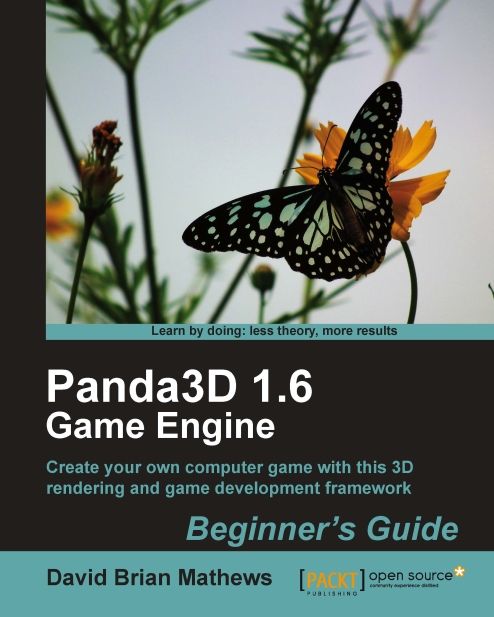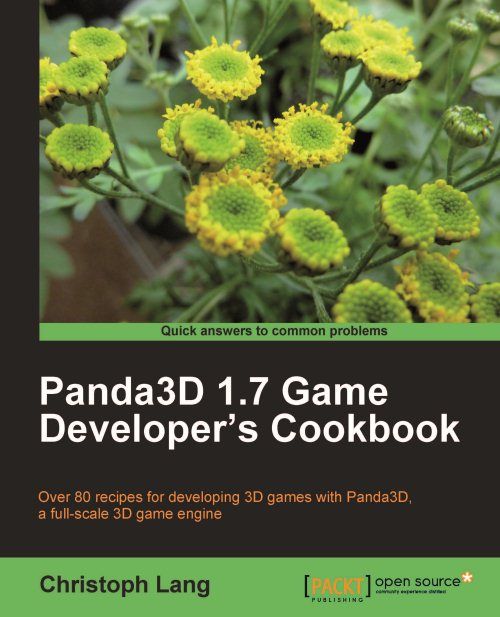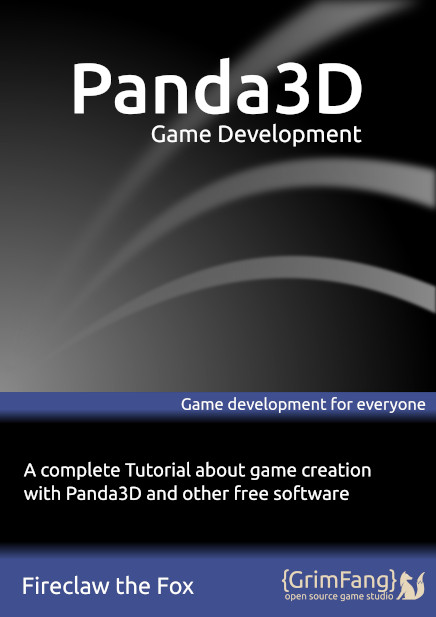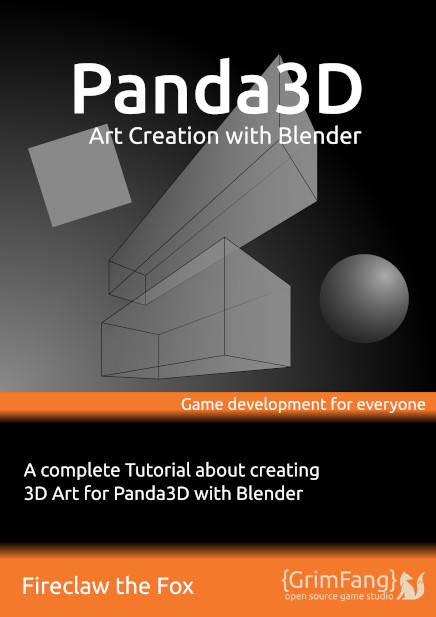More Panda3D Resources
Aside from this manual, there are a number of other resources that may be useful when studying Panda3D, including books, sample programs, and user-contributed tutorials. This section contains links to those other resources.
Panda3D Tutorial Series
Beginner’s Tutorial for Panda3D. This tutorial is designed to teach the basics of using Panda3D, from the fundamentals through to building a distributable.
MyGameFast. This tutorial aims to teach you how to make a game with Panda3D within a very short period of time. Each volume focuses on a particular type of game, and is subdivided into individual issues. The issues cover individual aspects of the task and are short and to the point.
Panda3D Specific Resources
Alice Gallery. This site holds many of the models created for use with Alice but exported into the .egg format. Be advised though, some of these models may not work properly.
Python Libraries
pygame, GNU LGPL. Pygame is a set of Python modules designed for writing games. It includes Python bindings for SDL. Sound support is another free alternative to FMOD alongside Panda3D’s implementation of OpenAL.
Twisted, MIT-style license. An event-driven networking framework.
Useful Tools
Blender. 3D modeling and animation. Extensible in Python. Very fast user interface. See Converting from Blender to learn how to convert models created in Blender to Panda3D.
The GIMP. A very capable free software raster image editor. Useful for converting image formats, creating and editing textures.
Audacity. Audacity is free, open source software for recording and editing sounds. It is available for macOS, Microsoft Windows, GNU/Linux, and other operating systems.




